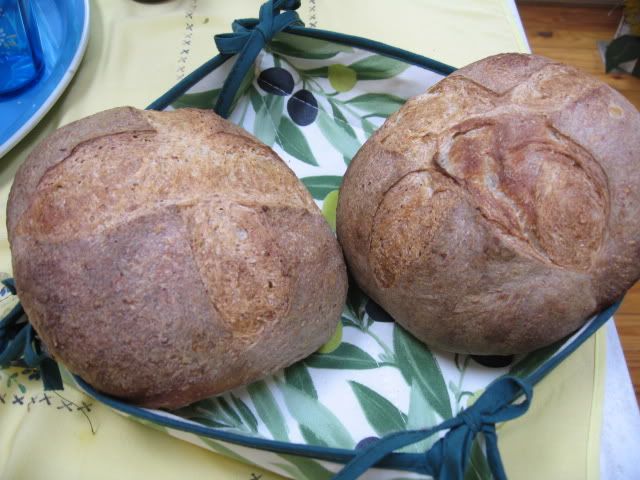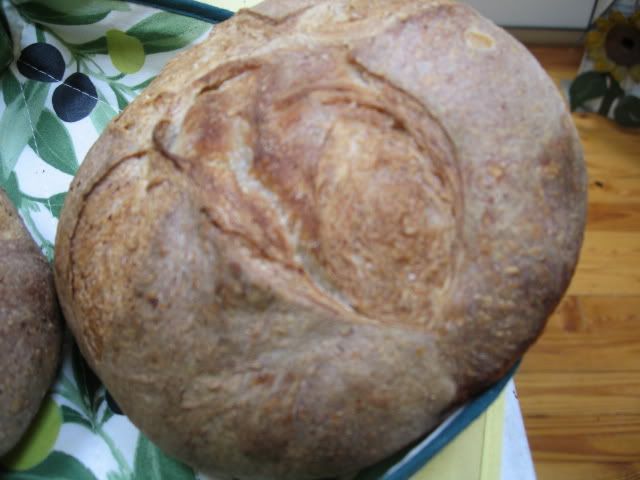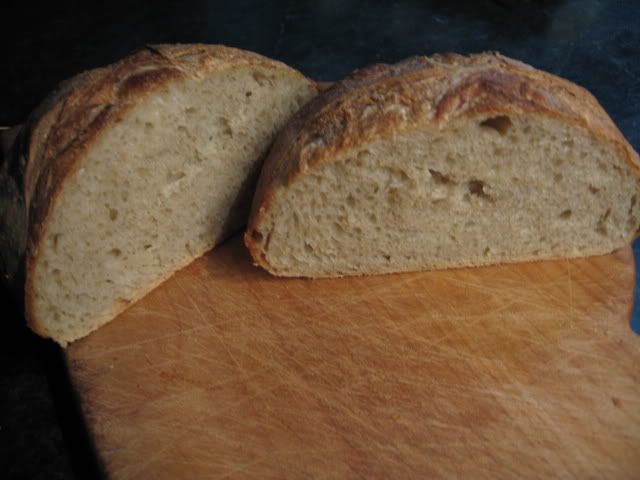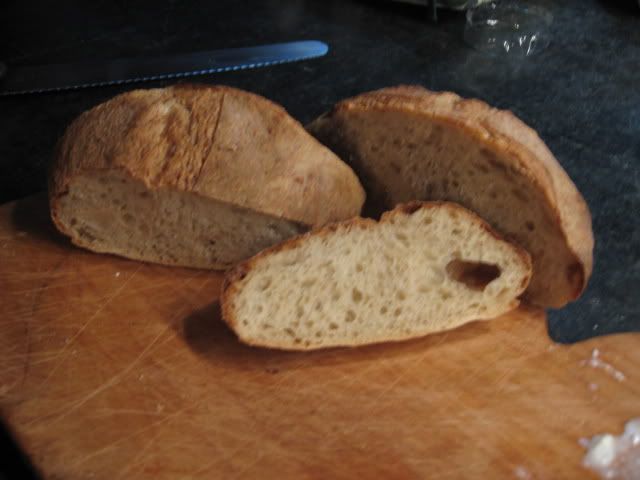
Please help with stuck sponge
Hi! I don;t know if non-sour-dough starters are allowed her. I am making active ferment sponge from liquid yeast culture - the current culture is a couple of months old. Everywhere else on this forum, sponge is a pre-ferment. Since mine takes over a day to set, I don't think we are talking about the same thing. I bake about 3 times a week and go through about 40 to 50 lbs of bread flour a month. My sponge gets stuck over 50% of the time and needs to be re-inoculated (pitched). What comes out of the oven is consistant. It has the intended flavor, crust, crumb, and rise. I would just like some help identifying why my sponge keeps getting stuck. Note: it is just as likely to get stuck with active dry yeast as it is with emptins.
Bread Making Equipment.
All of my key bread making tools are of a compatible size and create similar limits as to how much bread can be made at a time.
Oven - ½ sized convection with a 14.5" x 16.5" baking stone. Useful vault height with stone and glider assembly is 8". Manufactured by Dacor.
Stand Mixer - Kitchen Aid 520-Pro. All metal gears, housing, and transmission. Sintered bronze journal bearings. Capacity 5 quarts, 450 watts, with a dough hook.
Peel - 15" x 18" with 12" handle.
Sponge pot - 4 quart, NSF, stainless, with a close fitted lid.
Proofing pot - 8 quart, NSF, stainless, with a close fitted lid.
Sponge construction - best practice.
The goal of this practice is to add "fullness" to the mouth of the bread without the use of sour-dough methods. To avoid the overt sweetness of sucrose (table sugar), I use dry malt extract (mostly maltose and some non-fermentable dexedrines) and a modest addition of sea salt to the dough. Flavor complexity is enhanced by the use of a baker's sponge (poolish) as a ferment. This sponge technique is, most definitely, not a pre-ferment.
Also, unlike typical sponge technique, this sponge provides all the hydration and leavening for the bread. Brewing sanitary methods must be used to prevent molds, wild yeast, and bacteria from gaining a foothold in the ferment. Additionally, this practice borrows significant components from 17th and 18th century baking technique. Consequently, volume, weight, and time measures are very loose. The focus is on temperature, feel, and zymurgy (the care and feeding of yeast). Note: this practice is a lot simpler than that required for the brewing of beer.
To pitch means to add liquid yeast culture to the mix while minimizing thermal and mechanical shock. Barm is yeast infused foam {FYI, the English word "barmy" - meaning a kind of crazy air head - derives from this} . Wort is a liquid growth medium for yeast and bacteria.
1.Sanitize everything and avoid contact with aluminum. Boil and cool the hydration to 80° F.
2.Instant wort - add malt extract powder at 1 part to ~20 of hydration. I use a gallon milk jug to shake the instant wort (aerate) for a few minutes - gets very foamy. Adds O2 which is required by the yeast for propagation - not fermentation, which follows after the oxygen is depleted.
3.Yeast (S. cerevisiae) - preferred source: emptins {see the Wikipedia, Baker's Yeast, History
Ref. Simmons, Amelia - American Cookery, Hartford, 1798}, or active dry {activate per instructions, but use the instant wort}; Note: if not using emptins, use some ale samplings (draughts extracted from the primary and secondary fementers to taste the progress of the developing ale) in the hydration to fake the flavor.
4.Set aside a cup or so, of the instant wort in the refrigerator to rescue stuck sponge.
5.Transfer the remainder of the instant wort into the sponge pot, pitch, and rest, covered, for 2 to 12 hours to create a barmy liquid yeast culture.
6.Start the sponge - add enough bread flour to create a thin batter (1 part in 2 usually works).
7.Set the sponge - rest, covered, overnight (or longer) at 70° to 75° F. Note: the sponge can be stopped for a couple of days in the refrigerator.
8.Proof the sponge. A fully set sponge is uniformly bubbly, tripled in volume, very sticky, and smells of young ale. If the sponge has separated, it is stuck. This is a highly likely outcome, given the rather variable diastatic potency of the emptins. Don't worry, the yeast have done some very useful work. Use the set aside instant wort to activate more dry or instant yeast and pitch, otherwise just add the set aside. Mix in an appropriate amount of the flour to match the added liquid. Let the sponge rest for a couple of hours and then fold it into dry ingredients of the dough.













